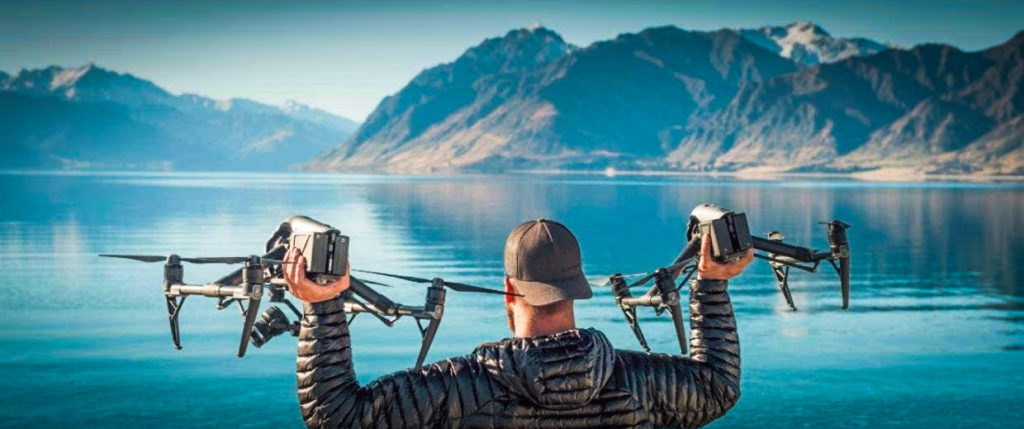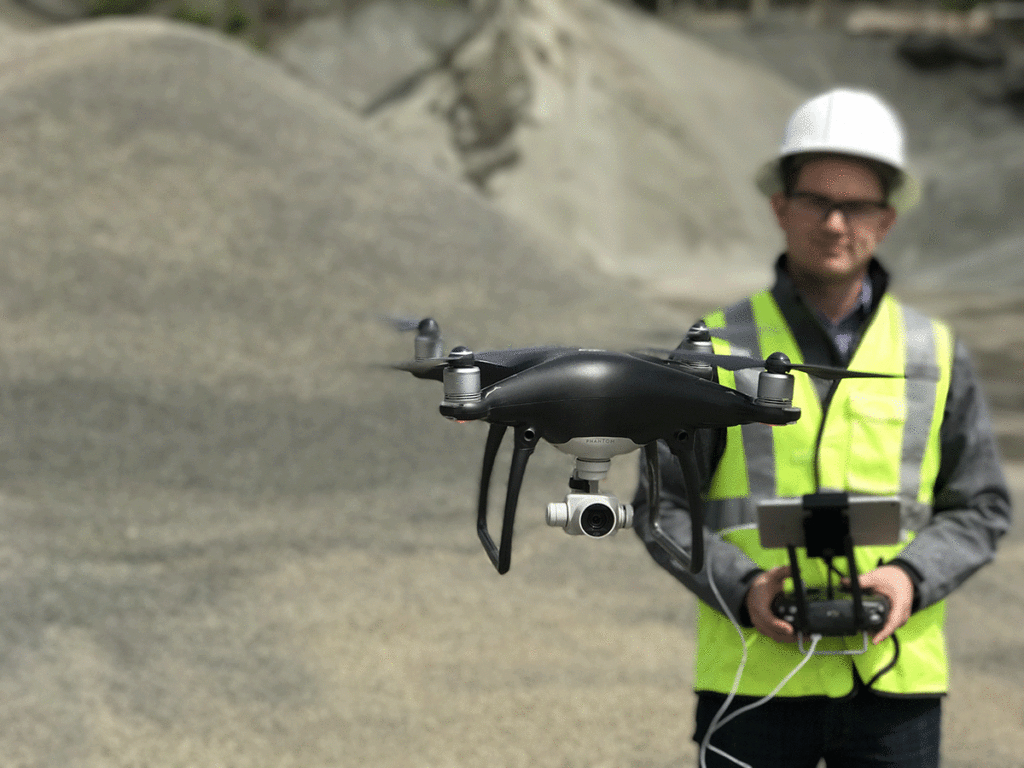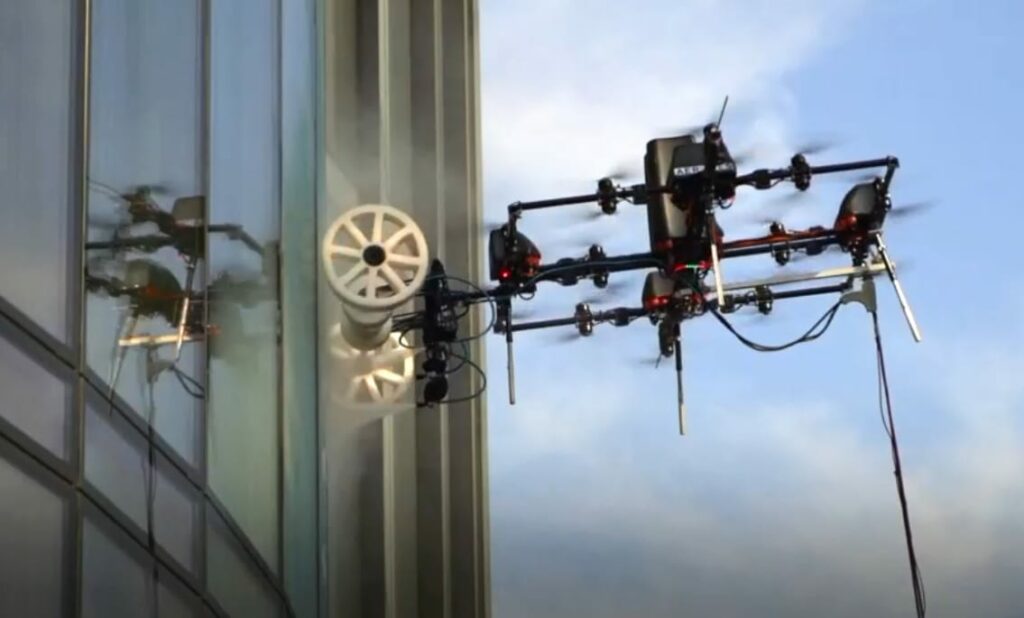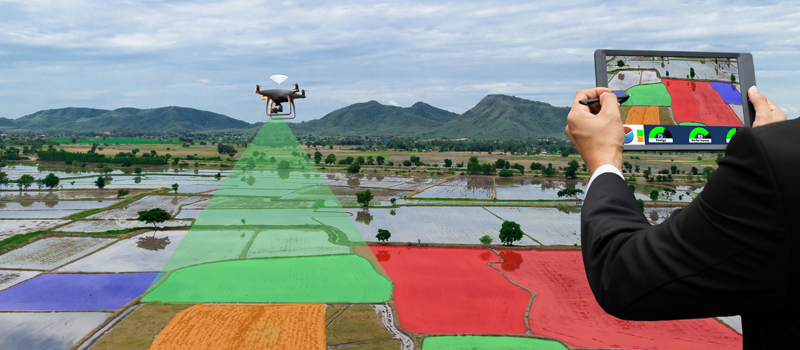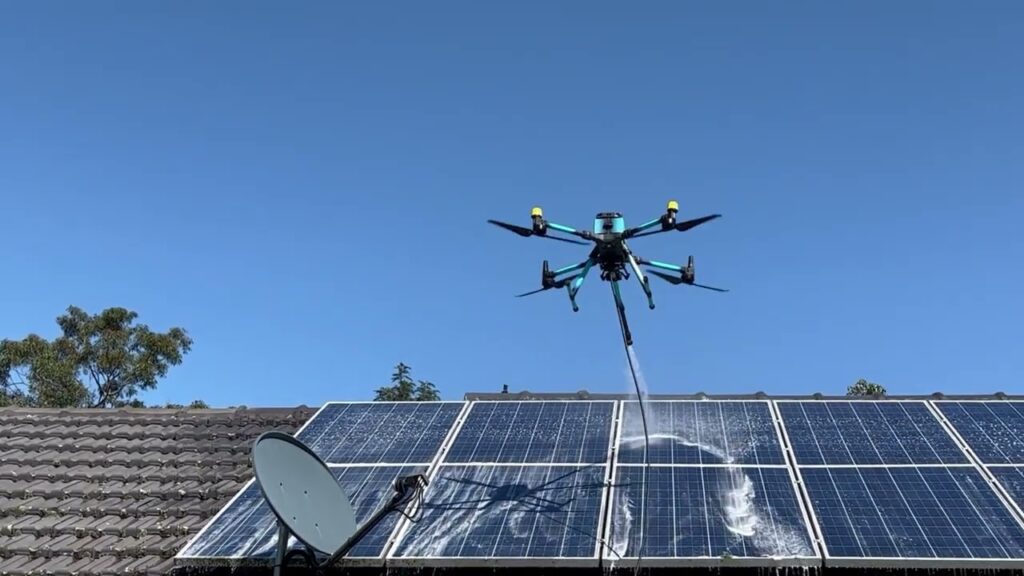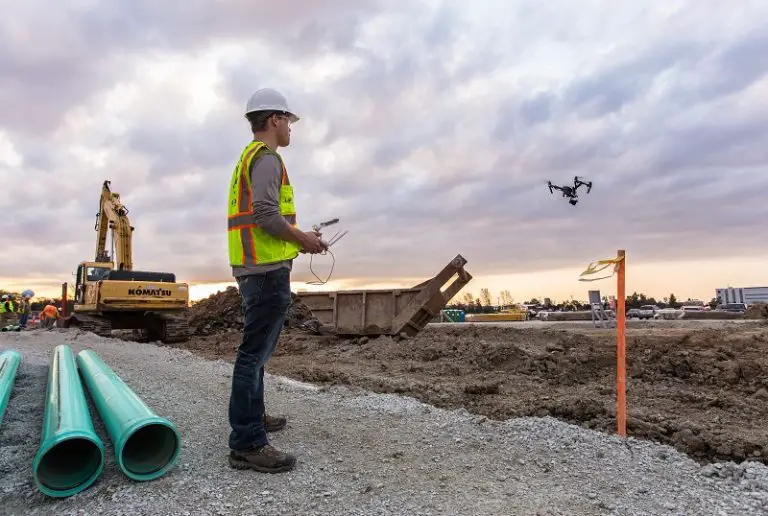When you’re soaring high with those unmanned flying machines, there are some rules you’ve got to stick to. We call ’em the Part 101 rules. But hey, if you can’t quite dance to the rhythm of those rules I’m about to lay down, don’t sweat it.
You’ve got an alternative – it’s called the Part 102 certification. Yeah, it’s like having a plan B in the world of drone adventures. So, pick your path, my friend, and let’s get those birds in the sky!
Before you fly under 101
Before you kick off your airborne adventure, here’s the lowdown:
- Keep your aircraft lean and mean, under 25 kilograms, and in tip-top shape.
- Safety first, amigo. Make sure your flight is hazard-free for everyone and everything.
- Daylight is your wingman, except when you’re on a covert mission with your shield up.
- Show some love to the crewed birds – planes, choppers, even those brave souls with hang gliders and paragliders. If someone else drops by, land your bird pronto.
- No peeking through binoculars or screens; use those peepers of yours. Don’t fly it through fog, clouds, or play hide and seek behind objects.
- Stay below 120 meters (that’s 400 feet) above the ground.
- Do you plan to cruise over people or their property? You better ask for permission first.
- Check the map, my friend. There are some no-fly zones out there, so mind the airspace rules in your neck of the woods before you take off.
Share the Skies – drone rules brochure [PDF 565 KB]
Where can you fly under the 101 rule?
So, where’s your drone allowed to dance in the sky? Buckle up, because the airspace map is more twisted than a mystery novel. But don’t worry, the CAA’s got your back, and here’s the scoop:
- Maps and Training: The airspace puzzle is complex, and it’s like learning a new language. So, the CAA strongly suggests you take some drone flight training before diving into this stuff.
- Visual Navigation Charts: For the classic map-lovers, there are Visual Navigation Charts (VNCs) that show permanent uncontrolled, controlled, and special use airspace. You can snag these in print or go digital on Flight Advisor.
- Temporary Airspace: Now, the VNC maps won’t show you the temporary airspace. For that, you need to dive into NOTAMs (Notice to Airmen) and AIP Supplements. You can find graphical NOTAMs on Flight Advisor for the low-down on where drones usually roam.
- Controlled Airspace: If you want to strut your stuff in controlled airspace, you’ll need air traffic control authorization from Airways. Just use the My Flights tool on AirShare to request it.
- Stay Away from Aerodromes: Keep a respectful distance of 4 km from aerodromes, unless you’ve got the golden ticket – permission. The specifics are on Flight Advisor and AIP New Zealand.
- Shielded Operation: No need to ask for a dance partner if you can pull off a shielded operation. Just keep your drone and aerodrome separated by a physical barrier, and you’re good to go.
- Special Use Airspace: Military zones and restricted areas are off-limits unless you’ve got permission from the big shots.
- People and Property: It’s better not to crash the party over people, but if you must, ask for their blessing. And if you’re cruising over someone’s turf, get their nod too.
- Public Places and Conservation Land: Check with the local council and the Department of Conservation before causing a drone commotion in parks and reserves. And for conservation land, you’ll need a permit from the Department of Conservation. They don’t like uninvited drone guests.
Navigating Aerodromes with Drones
For all you drone enthusiasts out there, here’s the scoop on dealing with aerodromes:
First off, if you plan to fly your drone within 4 km of an aerodrome, whether it’s a bustling airfield or a hospital helipad, you’ve got to play nice with the aerodrome operator. It’s like being a good neighbor; you’ve got to get their nod of approval. You can find their contact details on the AirShare website.
But hold on, that’s not all. To venture close to an aerodrome, you’ve got to show some credentials. You need to be the proud owner of a Part 61 pilot license, a glider or microlight pilot certificate, or an unmanned aircraft pilot certificate from an approved organization or a Part 141 training provider. It’s like having the golden ticket to the drone party.
Now, about that buddy system. You can’t fly solo on this one. Bring along an observer – your co-pilot, if you will. They’ve got the job of keeping an eye on the big picture and being your radar for any other aircraft approaching or loitering nearby.
Safety is paramount. When you’re in the aerodrome’s vicinity, give other aircraft plenty of room. No risky games with the big birds, okay? And, for the love of the skies, don’t think about hovering over an active runway or taxiing area. The same goes for control line model aircraft; they should also stay away from these zones.
Special use airspace under 101 drone rule
Sometimes, the sky puts on its fancy dress and becomes “Special Use” airspace. This means there are places where your drone can’t just waltz in without an exclusive invite. Think of it like a VIP party where you need that golden ticket.
These exclusive zones include military operating areas, restricted areas, and low-flying zones. They’re the places where even the coolest drones need permission to enter.
But wait, there’s more! Sometimes, the airspace gets a temporary “Special-Use” makeover to assist police, military, or search and rescue operations. It’s like closing off a section of the highway to let the fast cars through.
On the flip side, there are areas specially earmarked for model aircraft flying, where they can spread their wings without any hassles.
So, the sky is a bit like a treasure map, with “X marks the spot” for where you can and can’t fly. Keep an eye on those airspace clues.
Full lists of airspace designated Special Use:
Permission to Take Flight
In the world of drone operations, Part 101 lays down the law about asking nicely. Here’s the deal:
Respect People: Your drone should be a polite guest in the sky. That means you can’t just buzz over people without their consent. So, if you plan to share the airspace with them, make sure you have their nod of approval.
Respect Property: The same rule applies to property. You can’t just cruise over someone’s land without asking for their permission first. It’s like asking if you can step into their backyard.
Now, here’s the catch: If you can’t get that green light or it’s just plain impractical, it might be a sign that your operation is a bit too risky for the Part 101 rules. But don’t worry, you can chat with us and explore the Part 102 option. This opens the door to some different possibilities. We might find a way to ease or even lift the consent requirements.
More information is provided in Advisory Circular AC101-1 Remotely Piloted Aircraft Systems (RPAS) under 25 kilograms – Operating in compliance with Part 101 Rules.
Shielded Flights
Picture this: a drone ballet where your aircraft gracefully dances within 100 meters of, and below the top of, a friendly object like a building, a tower, or a bunch of trees. We call it a “shielded operation.”
Now, here’s the fun part: when you’re in the groove of a shielded operation, you’ve got some perks. You can spread your wings at night, and you can even venture into controlled airspace without having to ask Air Traffic Control for permission. Why? Because, well, other aircraft tend to stay higher and farther away from structures, so you won’t be stepping on any wings.
But, if you’re planning a shielded operation within 4 km of an aerodrome, there’s a twist. Besides sticking to the 100-meter rule, you need a real physical barrier, like a trusty building or a bunch of trees, standing between your drone and the aerodrome. It’s like having a bodyguard to prevent your aircraft from going rogue.
When You Break the Mold
Alright, picture this: you’ve got dreams that go beyond the Part 101 rulebook, and that’s totally fine. But here’s the deal – if you’re planning to soar outside those Part 101 boundaries, you’ll need something special in your pocket: a Part 102 unmanned aircraft operator certificate.
Now, here’s the fun part – getting that certificate isn’t just about paperwork; it’s like showing how you’re the master of risk management. You’ve got to prove that you’ve got a handle on how to deal with the challenges that come with flying your aircraft outside the Part 101 rules.
It’s like saying, “Hey, I’m not just a pilot; I’m a risk-taming, sky-conquering maverick!”
Navigating Part 102 Unmanned Aircraft Operator Certification
In the world of professional drones, there comes a moment when you want to spread your wings beyond the usual limits. You’re itching to explore the skies outside the boundaries of Part 101, and that’s where the magic of Part 102 Unmanned Aircraft Operator Certification comes into play.
The Purpose: Risk Management and Safety
Part 102 is like your golden ticket to the drone world. But it’s not handed out lightly. The purpose behind Part 102 is to give the Director the power to decide if you deserve this privilege. They look at two crucial factors:
- Risk Assessment: Have you thoroughly evaluated the safety risks of your drone operations?
- Risk Management: Do you have solid procedures to control and minimize those risks, ensuring a safe flight?
In essence, Part 102 certification is a testament to your commitment to safety and responsible drone flying.
Who Needs The Part 102?
Part 102 applies to two groups:
- Those daring souls who want to operate an unmanned aircraft outside the cozy confines of Part 101.
- Folks already operating under Part 101 but eager to level up and apply for the coveted unmanned aircraft operator certificate.
Defining the Details: Rules and Requirements
But what’s inside this magical Part 102 world? Let’s break it down:
Application: If you’re taking the leap into Part 102, you need to file an application with the Director and pay the required fees.
Unmanned Aircraft Operator Exposition: This is your storybook. You need to provide an exposition that details your operation. It includes everything from safety measures to aircraft specifications, locations, and procedures. Think of it as a comprehensive guide to your drone endeavours.
Grant of Certificate: The Director holds the key. They can grant you this certificate with certain conditions, and you must abide by those rules to ensure aviation safety.
Operations Specification: This is like your personal drone menu. It outlines the specifics of your operations, including the aircraft you can use, geographical areas of operation, and any special exemptions.
Duration of Certificate: Your Part 102 certification has a shelf life, and it’s typically up to five years. So, keep an eye on that expiration date.
Operating by the Book: While you get some relief from certain aviation rules, you still need to follow Part 101, comply with your operations specifications, and stick to the exposition.
Changes and Renewal: As your drone story evolves, you may need to make amendments to your exposition. And when your certificate’s expiry date comes knocking, you can apply for renewal.
In the world of drone regulations, Part 101 and Part 102 are like two chapters in the same thrilling novel. Part 101 provides the foundation for safe and standard drone operations, giving you the basic rules to follow.
But when your ambitions soar higher, when you wish to push the boundaries and take your drone missions to the next level, that’s where Part 102 comes into play. It’s your passport to adventure beyond the limits of Part 101, offering the freedom to craft your own rules within the bounds of safety.
So, whether you’re starting with Part 101 or aiming for the skies with Part 102, remember that both paths lead to the exhilarating world of drone exploration, each with its unique set of rules and opportunities.
Sky isn’t the limit!
